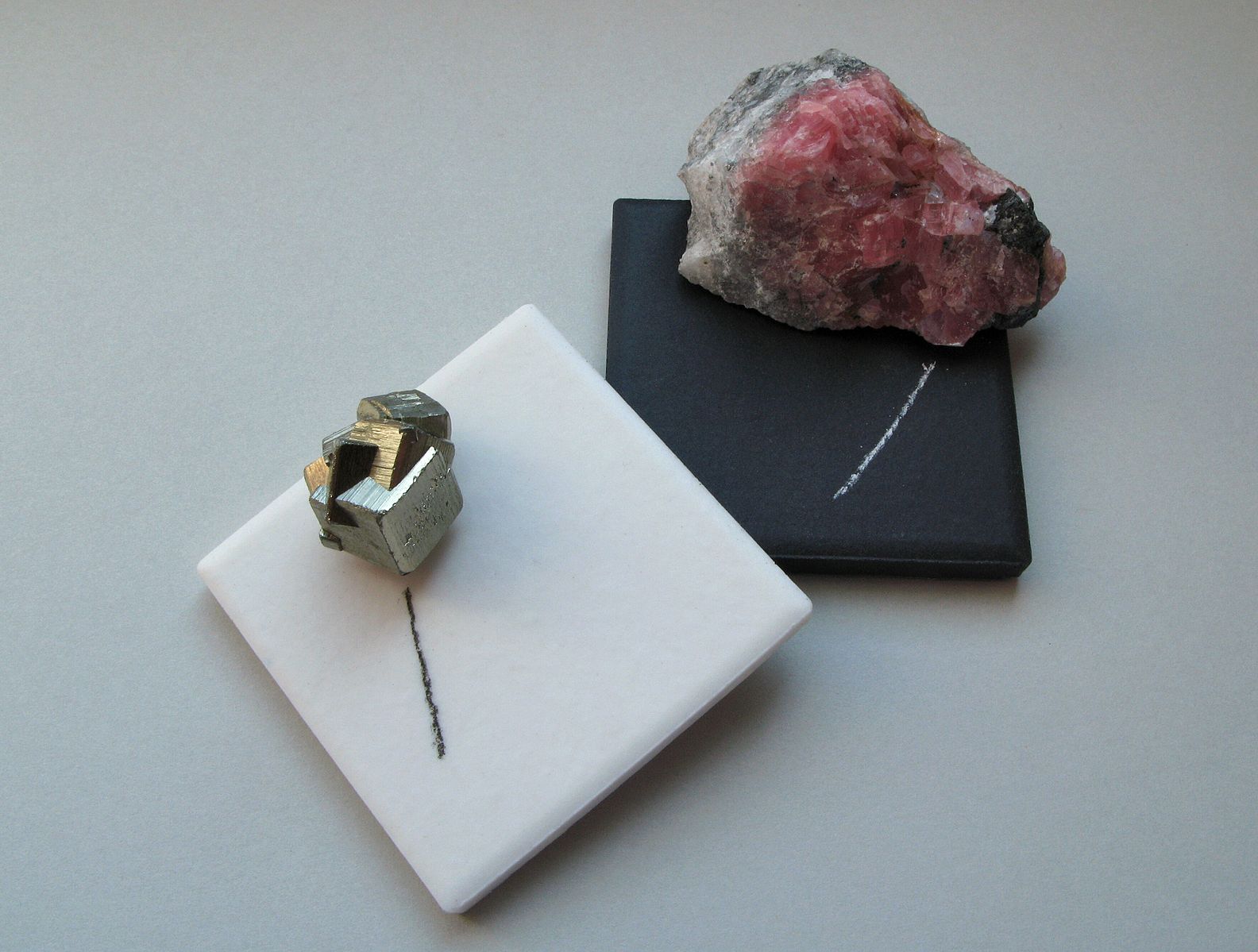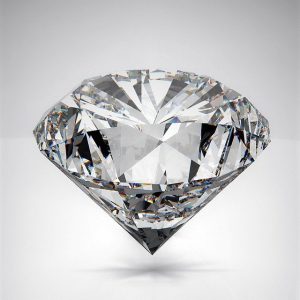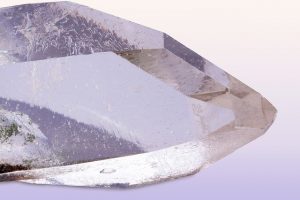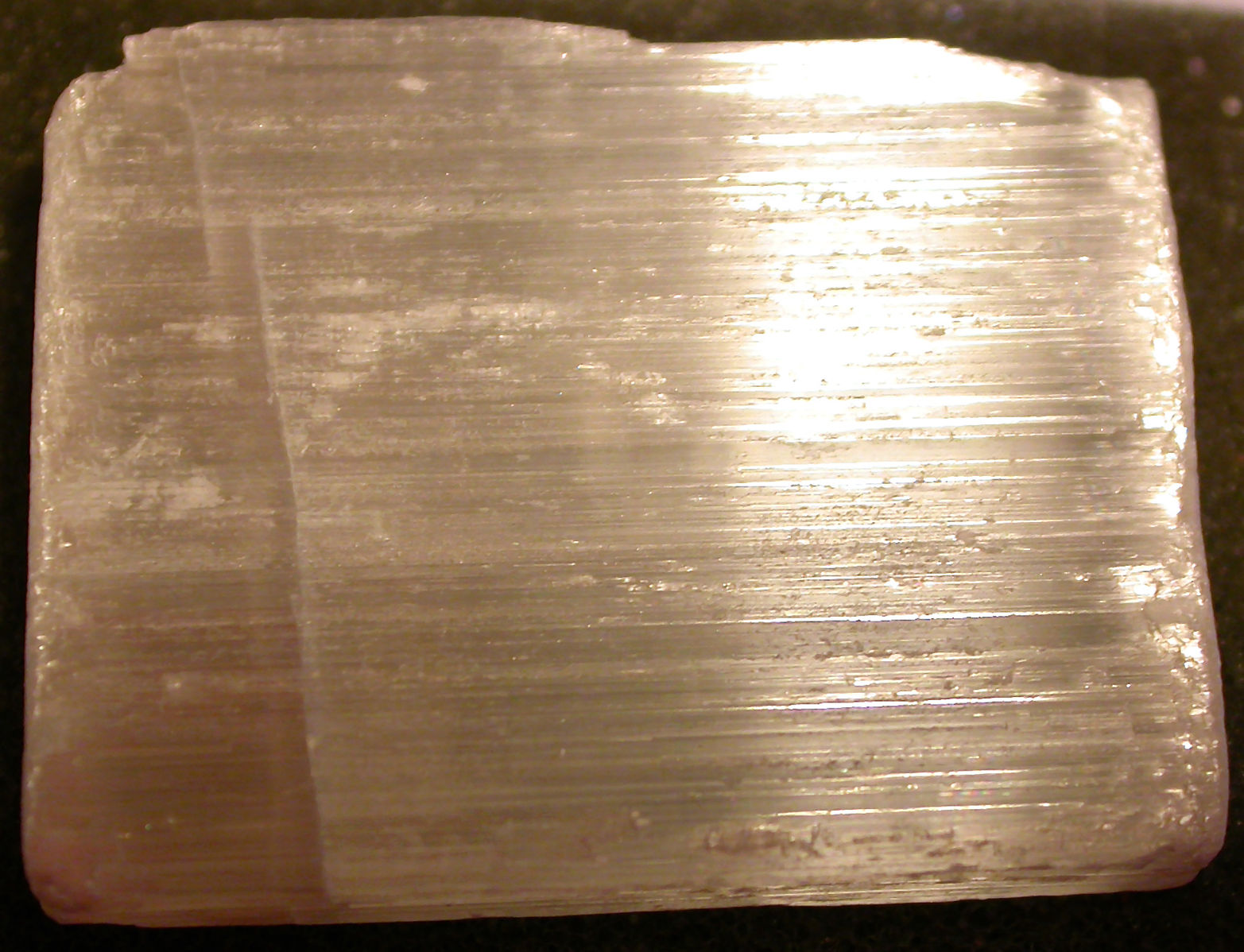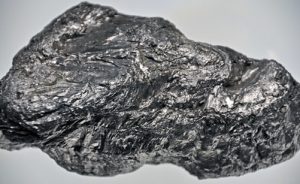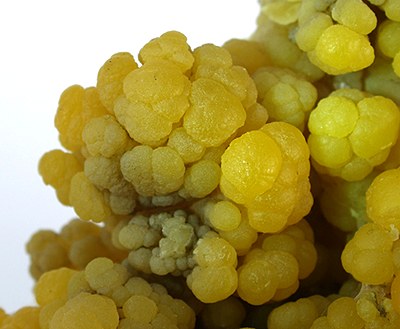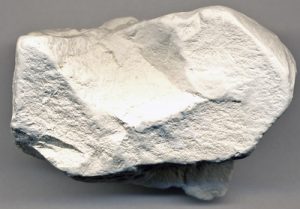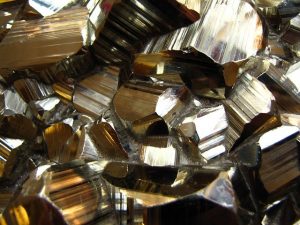3.3 Mineral Luster, Transparency, Color, and Streak
Luster & Transparency
How does a mineral reflect light? Luster is the appearance of a fresh mineral surface when reflecting light. It has nothing to do with the color of the mineral, but the scattering of light off the mineral surface. Here is a visual guide to the different types of mineral lusters! [1]
Color
Sometimes color can be an identifying property of minerals.
For instance, malachite is always green, azurite is always blue, and purpurite is always purple.
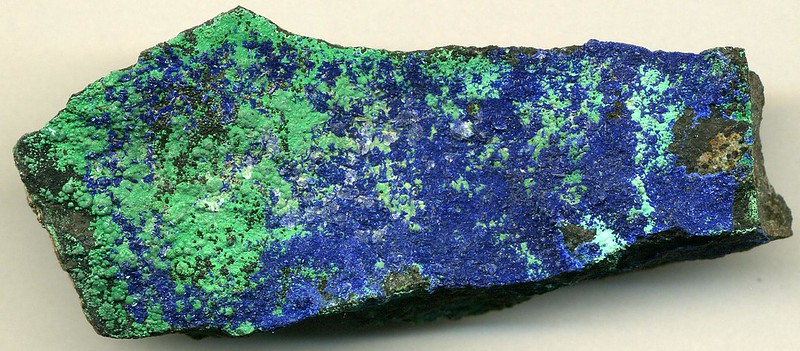
Other times, minerals have trace elements in them that make them a wide range of different colors.
All of the minerals in the image above are quartz (SiO2). However, they range in color from clear/white, purple, pink, gray, and amber. [1]
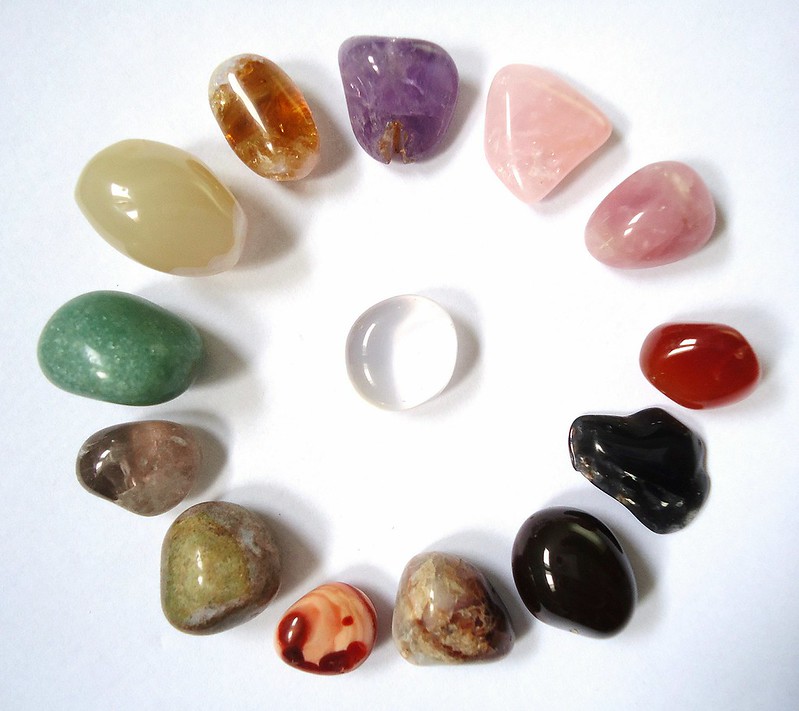
Streak
Another visual property of a mineral is its streak. Streak is the color of a mineral in powdered form. When you scratch a mineral across a porcelain streak plate, what color does it leave behind? This color can be distinguishing!
The chart below summarizes how we can generally identify a mineral’s streak on a testing plate.
| Mineral Name | Bulk Color | Streak Color |
| Azurite | Dark to light blue | Baby blue |
| Hematite | Red to Dark Gray | Rust red |
| Pyrite | Brassy Yellow | Dark Gray |
| Graphite | Dark Gray | Dark Gray to Black (Pencil Lead) |
| Realgar | Red to Orange | Orange |
In the exercise below, you can determine the color of a mineral’s streak, if it has any, in the identification window that opens up by dragging your cursor across the white streak plate with the rainbow outline. If a color shows up, determine which mineral(s) exhibit that streak color and bulk color in the table above.
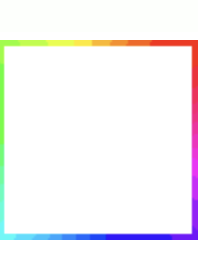
Sample 1: https://wwwi.scottsdalecc.edu/otter2/explorer.html?tag=0793dfb1
Sample 2: https://wwwi.scottsdalecc.edu/otter2/explorer.html?tag=8b286b35
Sample 3: https://wwwi.scottsdalecc.edu/otter2/explorer.html?tag=f4b03b4d
Sample 4: https://wwwi.scottsdalecc.edu/otter2/explorer.html?tag=28bcda53
One more useful trick! The streak of a mineral can save you time and money! Pyrite (FeS2) is well-known as fool’s gold because of its metallic-yellow color. If you’re in a pinch, and can’t tell pyrite apart from genuine gold, consider a streak test!
